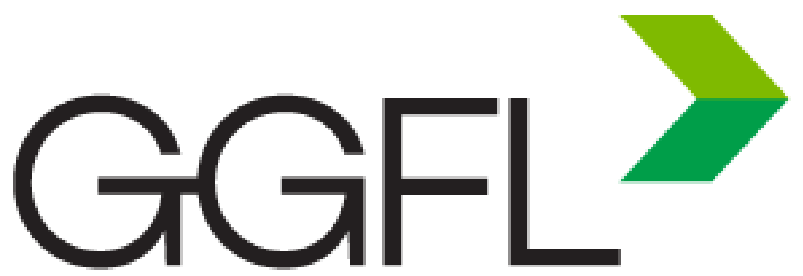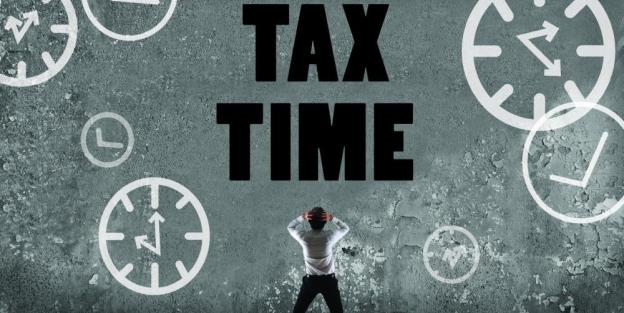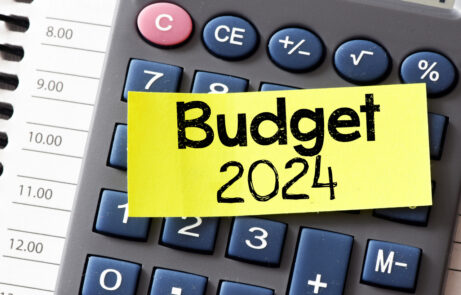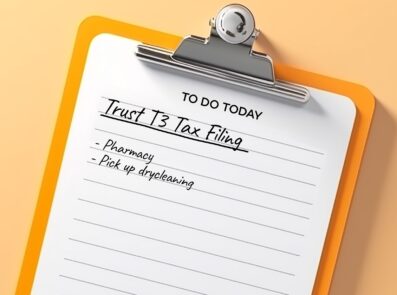Written by Devon Murphy for the CBC Radio-Canada blog, Tuesday, March 14, 2017
While being self-employed often means having the freedom to do things your own way, tax season can feel like a punishment to the side hustler. Full-timers have the luxury of handing in a simple T4 and likely collecting a sweet return — easy!
Things aren’t so simple for small business owners and freelancers.
Chad Saikaley is a tax partner with GGFL Chartered Professional Accountants based in Ottawa. And even though he knows all the tricks, he still feels your pain. “I have to do it myself, so I know the feeling,” says Saikaley.
Luckily, there’s lots you can do to stay on top of your finances to make your life, or the life of your accountant, a whole lot easier. Here are some common misconceptions, and a few helpful tips to get you through tax season.
You can’t just claim everything
Being self-employed doesn’t mean you get to write-off every lunch with friends as a “business meal.” Far from it. In fact, anything you claim as an expense is only deductible if it was necessary for you to earn that income.
“People think they can throw in a whole bunch of unsupported expenses,” says Saikaley. “But they have to be supportable and reasonable.”
And while the ability to claim expenses is one of the few perks of self-employed taxes, the CRA is on the lookout for anything that stands out as being a little too good to be true. “Large variances in a given expense category may attract attention,” says Saikaley.
So don’t go wild with your credit card thinking you’ll get the money for those new shoes back later.
But you can claim this
The one thing self-employed people can lord over their T4-wielding friends is the ability to claim expenses.
If you have the supporting documents, you can claim a portion of your rent, your office supplies, travel, and car expenses, among other things. Saikaley recommends checking out the CRA’s Form T2125 for some common expenses.
However, for the most common expenses, the amount claimed must be proportional to its relevance to your work — meaning you can’t just send off your monthly internet bill and expect to get the whole amount back.
If your office is in your basement and you’re doing renovations, you can’t claim the whole reno as an office expense — just a portion related to the square footage of your working space. But any renovations specifically geared towards your office space can be claimed 100 per cent, including things like blinds and office furniture. Same with paying for parking if you drive to a business meeting.
The key word here is reasonable.
Sufficient support
If you’re going to make claims, you have to be able to back them up.
Depending on the expense, you’re going to want a paper trail — in most cases on actual paper.
“Credit card statements are not sufficient according to the CRA,” says Saikaley. Even though we’re living in an increasingly paperless world, the government doesn’t much care for your smartphone photos of crumpled paper.
“Ideally, you keep all original receipts,” says Saikaley, though the CRA has recently come out and said that, “Generally, you must keep originals of your paper documents. However, you can produce electronic images of these documents, known as imaging.”
There are also higher risk areas for claiming — like car and home office expenses — where you’ll want your proof of purchase to be airtight. If you claim anything to do with your vehicle, Saikaley suggests keeping a log for all business-related trips, including information like date, destination, who you’re meeting, and number of kilometres travelled.
Set the money aside
One of the great traps of the self-employed is the fact that no one is withholding your tax money for you — you need to save it yourself.
If you don’t want a shock at the end of the fiscal year, you’d do well to put your money aside each month.
“Tax time comes and people are shocked at what they owe,” says Saikaley. “I find people view it as another source of cash they can use toward expenses.” Not so. You’re basically borrowing that money from the government, so take good care of it.
Some people even go so far as to create an entirely different bank account where they store their tax money away from themselves.
And don’t forget, self-employed people must pay both employer and employee Canadian Pension Plan contributions, which for 2016 maxes out at about $5000.
Plan ahead, and set aside.
Stay organized
It’s never too late to get organized.
If you’re getting anxiety just reading this, start small. Gather all the receipts you can find, and create a spreadsheet for yourself with your expense information. Track everything and sum it up at the bottom as a first step.
Saikaley recommends bookkeeping software for a simple way to keep all your information together over the course of a year.
He says the easiest clients are ones who are organized, who don’t procrastinate, and who understand the importance of staying on top of your taxes. “The last thing you want is to have a bad experience with a CRA audit,” Saikaley says.
So dust off that accordion folder and start saving receipts for next year — it’s not too late to get on top of your finances!







